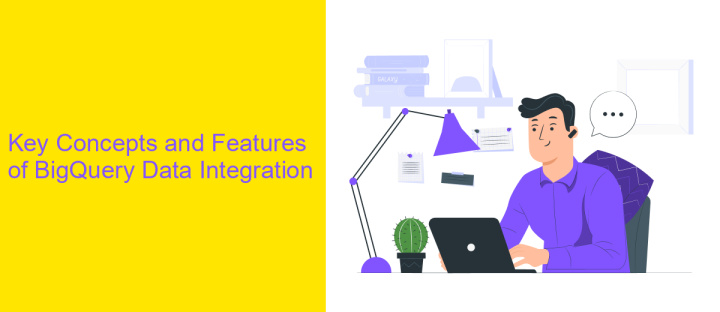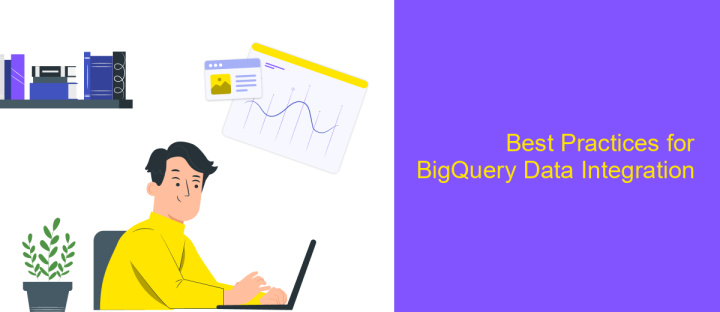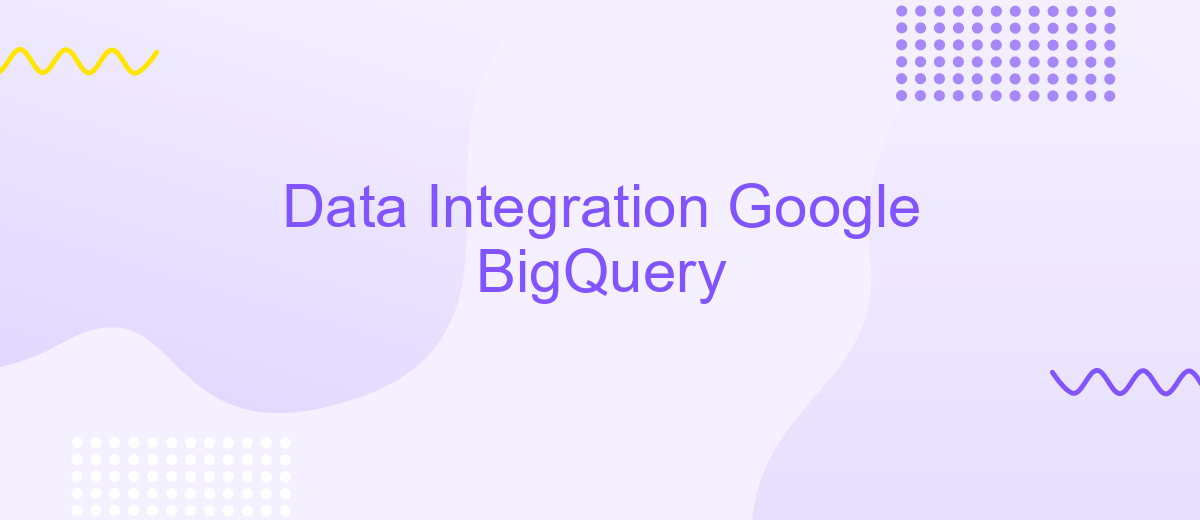Data Integration Google BigQuery
Data integration is a crucial aspect of modern analytics, enabling organizations to streamline their data from various sources into a unified platform. Google BigQuery, a powerful cloud-based data warehouse, offers robust solutions for seamless data integration. By leveraging its capabilities, businesses can efficiently manage and analyze large datasets, gain valuable insights, and make data-driven decisions with ease and precision. This article explores the key features and benefits of integrating data with Google BigQuery.
Introduction to Data Integration with Google BigQuery
Data integration is a crucial process for organizations aiming to harness the full potential of their data assets. Google BigQuery, a powerful cloud-based data warehouse, offers robust solutions for seamless data integration. By enabling users to consolidate data from diverse sources, BigQuery facilitates efficient analysis and decision-making. Its serverless architecture ensures scalability and performance, making it an ideal choice for businesses of all sizes.
- Scalable: Automatically handles large volumes of data with ease.
- Real-time: Supports streaming data for up-to-date insights.
- Secure: Provides strong security measures to protect data integrity.
- Cost-effective: Offers a pay-as-you-go pricing model, optimizing costs.
- Interoperable: Easily integrates with various Google Cloud services.
Leveraging Google BigQuery for data integration allows organizations to break down data silos and gain a unified view of their operations. With its advanced querying capabilities and machine learning integrations, BigQuery empowers users to perform complex analyses and extract valuable insights. As businesses continue to evolve in the digital age, effective data integration with tools like BigQuery becomes increasingly vital for maintaining a competitive edge.
Key Concepts and Features of BigQuery Data Integration

Google BigQuery is a powerful data warehousing solution designed to handle massive datasets with ease. At its core, BigQuery offers seamless data integration capabilities, enabling users to consolidate data from various sources into a single, centralized repository. This integration is facilitated by its robust support for SQL queries, allowing users to manipulate and analyze data efficiently. BigQuery also supports real-time data ingestion, making it ideal for businesses that require up-to-the-minute insights. With its serverless architecture, BigQuery scales automatically, ensuring optimal performance without the need for manual intervention.
For enhanced data integration, tools like ApiX-Drive can be instrumental. ApiX-Drive offers automated workflows that simplify the process of connecting BigQuery with other platforms and services. By leveraging ApiX-Drive, users can automate data transfers, reducing manual workload and minimizing errors. This integration capability ensures that data flows seamlessly into BigQuery, maintaining data accuracy and consistency. Overall, BigQuery's integration features, combined with supplementary tools like ApiX-Drive, provide a comprehensive solution for businesses aiming to streamline their data management and analytics processes.
Methods for Integrating Data into BigQuery

Integrating data into Google BigQuery involves several methods, each tailored to specific requirements and data sources. Choosing the right method depends on factors like data volume, frequency, and the complexity of the data transformation needed.
- Batch Loading: This method involves uploading files in formats such as CSV, JSON, or Avro into BigQuery. It's ideal for large datasets that do not require real-time processing.
- Streaming Inserts: For real-time data integration, streaming inserts allow continuous data ingestion into BigQuery, ensuring immediate query availability.
- Data Transfer Service: This automated service facilitates the scheduled transfer of data from Google services like Google Ads, YouTube, and external sources into BigQuery.
- Third-Party Tools: Tools like Apache Beam or Talend offer ETL capabilities to transform and load data into BigQuery, supporting complex data transformation needs.
Each method offers unique advantages, making it essential to evaluate your specific data integration needs before selecting the most appropriate approach. By leveraging these methods, organizations can efficiently centralize their data in BigQuery, enabling enhanced analytics and decision-making.
Best Practices for BigQuery Data Integration

Integrating data into Google BigQuery requires careful planning to ensure efficiency and scalability. Start by understanding your data sources and the type of data you need to integrate. This will help you determine the most suitable data ingestion method, whether it's batch processing or streaming.
Next, focus on optimizing your data schema. A well-designed schema can significantly improve query performance and reduce costs. Consider using partitioned tables to manage large datasets and clustered tables to enhance query efficiency. Remember to keep your schema as simple as possible to facilitate easier maintenance and updates.
- Regularly monitor and optimize query performance.
- Utilize BigQuery's built-in machine learning capabilities for advanced analytics.
- Implement robust security measures to protect data integrity.
- Automate data loading processes using tools like Cloud Dataflow or Cloud Composer.
Finally, ensure that your team is well-trained in using BigQuery. Familiarity with SQL and BigQuery's unique features will empower them to maximize the platform's capabilities. By following these best practices, you can achieve seamless data integration and unlock valuable insights from your data.
Real-World Use Cases and Examples
Google BigQuery is widely used across various industries for its powerful data integration capabilities. For instance, in the retail sector, companies leverage BigQuery to integrate data from multiple sources such as sales, inventory, and customer feedback. This integration enables retailers to perform real-time analysis and gain insights into purchasing trends and customer preferences, ultimately enhancing decision-making processes. By using tools like ApiX-Drive, businesses can automate these integrations, reducing manual effort and ensuring data accuracy.
In the healthcare industry, BigQuery is utilized to integrate patient data from disparate systems, such as electronic health records (EHRs) and laboratory information systems. This comprehensive data integration facilitates advanced analytics, helping healthcare providers improve patient outcomes through personalized treatment plans. Additionally, financial institutions employ BigQuery to consolidate transaction data from various banking systems, enabling fraud detection and risk management. By streamlining data integration with platforms like ApiX-Drive, these institutions can efficiently manage their data pipelines, ensuring timely and reliable insights.
FAQ
What is Google BigQuery and how does it work for data integration?
How can I automate data integration with Google BigQuery?
What are the common data sources that can be integrated with Google BigQuery?
How do I ensure data security when integrating with Google BigQuery?
Can I perform real-time data integration with Google BigQuery?
Time is the most valuable resource for business today. Almost half of it is wasted on routine tasks. Your employees are constantly forced to perform monotonous tasks that are difficult to classify as important and specialized. You can leave everything as it is by hiring additional employees, or you can automate most of the business processes using the ApiX-Drive online connector to get rid of unnecessary time and money expenses once and for all. The choice is yours!

